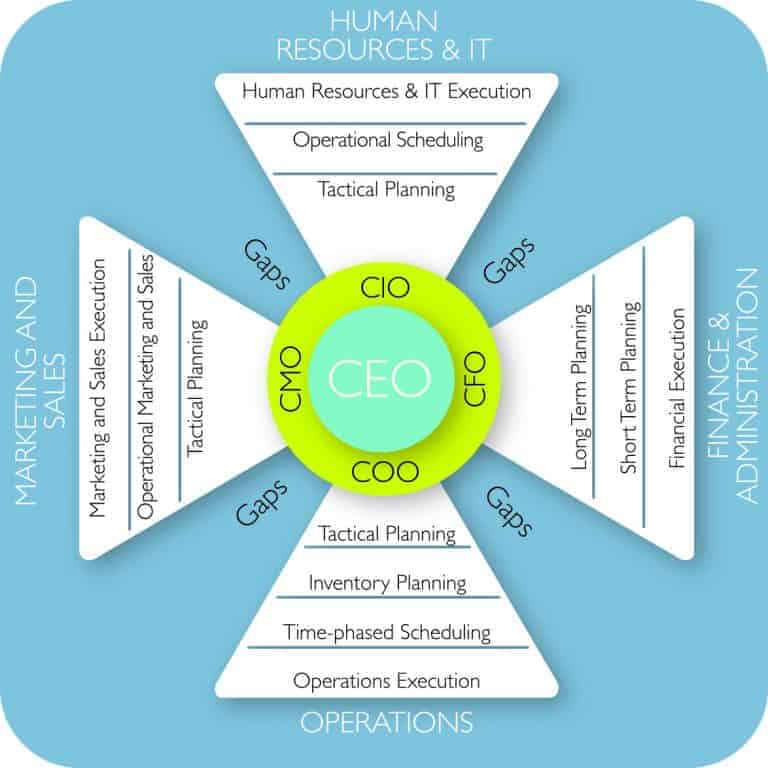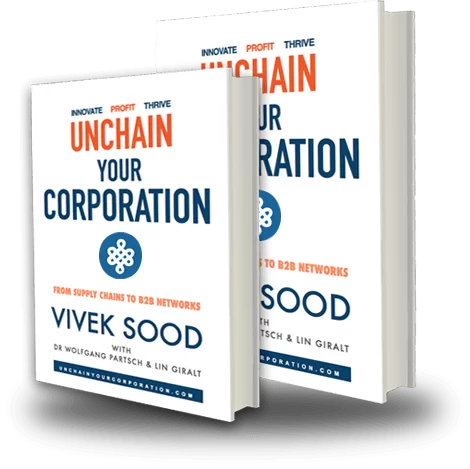Business Transformations Fail
Optimisation has always been a hot topic for strategists and business transformations executives. Now, as the mantle for leading corporations is moving from strategists to the integrationists and supply chain leaders – optimisation is hotter than ever before. When discussing business transformations, in my workshops, presentations and speeches, in particular I enjoy the audience interaction and questions.
It does bring out many critical points that may lie embedded inside people’s minds as assumptions. Everyone is talking about optimisation at these events today.
The assumption being, there is just one kind of optimisation.
The example I gave in a recent workshop, and in my speech at the Quintiq World Tour, to highlight various levels of optimisation was that when I was a second officer,
as a navigation officer of the ship I was in charge of optimisation of the route from a series of loading ports to a series of discharge ports.
In most cases this job was relatively simple (if you knew elementary chart work and navigation). When I grew in rank to the chief officer,
I was optimising the cargo flow as well to make sure that the loading operations,
discharging operations and stowage were carried out optimally to minimise the time taken and maximise the cargo throughput within that time.
As a master the job expanded to include optimising the cost of the voyage by minimising the fuel consumption (about 33% of the operational cost) and maximising the charterers’ results.
As is self-evident, multiple layers of optimisation are added on top, as the complexity and responsibility grows.
From costs of one ship, you can increase it to the cost of the entire fleet, and then add on costs of the land freight to create an end-to-end freight picture,
and further add on cost of warehousing and storage to optimise the logistics costs. Further on, you can optimise the entire distribution network by relocating your distribution centres,
and then start talking about optimising your inventories and move into the realms of supply chain optimisation. Taking it further, you can include the procurement – order placement,
receipt and putaways, demand forecasting and shaping, supply planning – production and fulfilment to essentially optimise the basic supply chain.
But now, leading companies are not only optimising basic supply chain, they are also moving into collaborating with finance to optimise budgeting.
Many are also collaborating with their suppliers and customers to optimise product development, research and marketing.
Yield management and customer behavioural analysis helps optimise the price at the point of sale and targeted coupons and offers.
Combining revenue optimisation with the cost optimisation can lead to profit optimisation which can move beyond dynamic pricing to supply chain segmentation of one.
The key point of this article would have been clear by now – everyone talks about optimisation. What matters more is WHAT ARE YOU OPTIMISING, AND HOW WELL ARE YOU DOING IT?
Learn More About Business Transformations
I have already written article How good is your optimisation? to cover the second part of this question.





